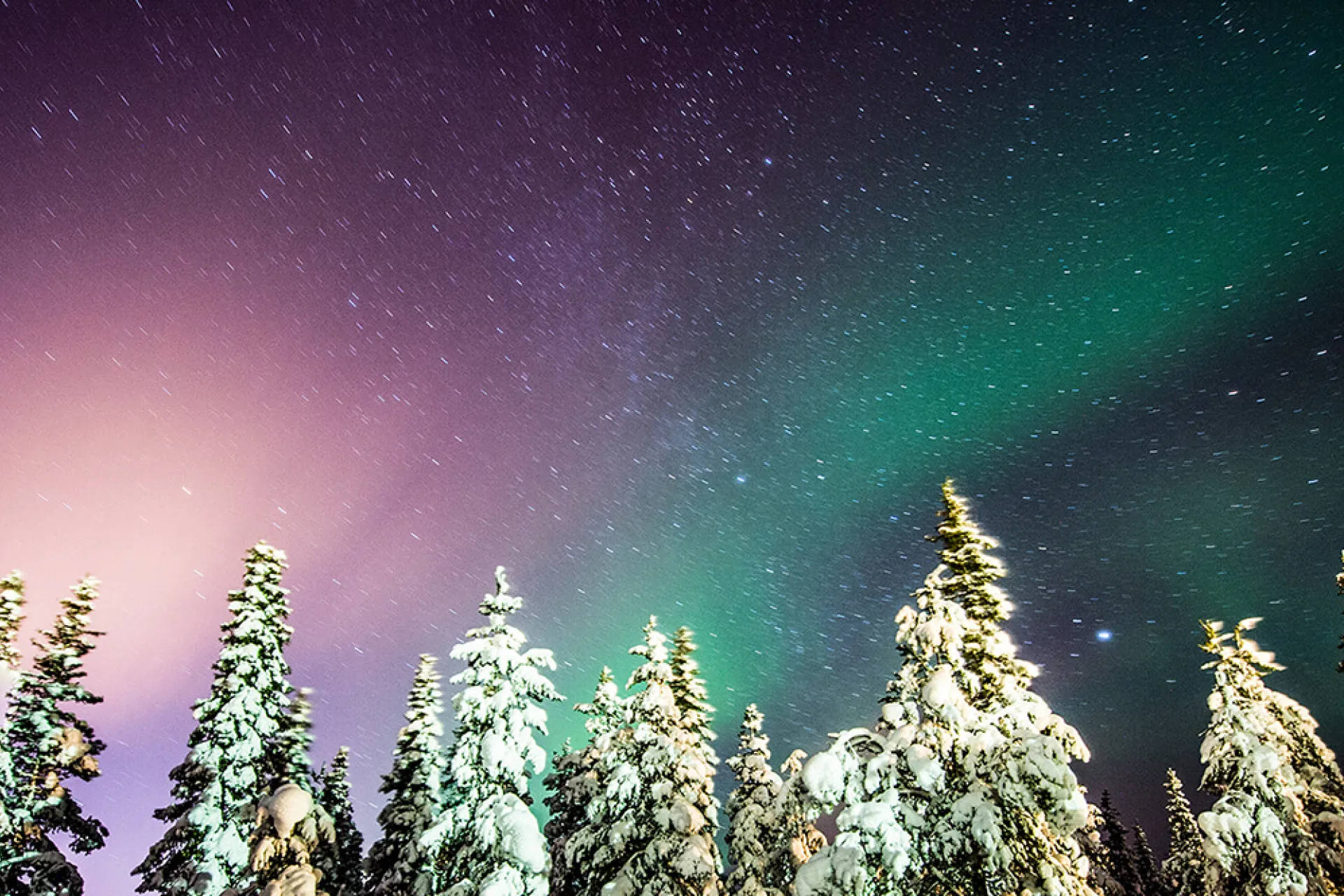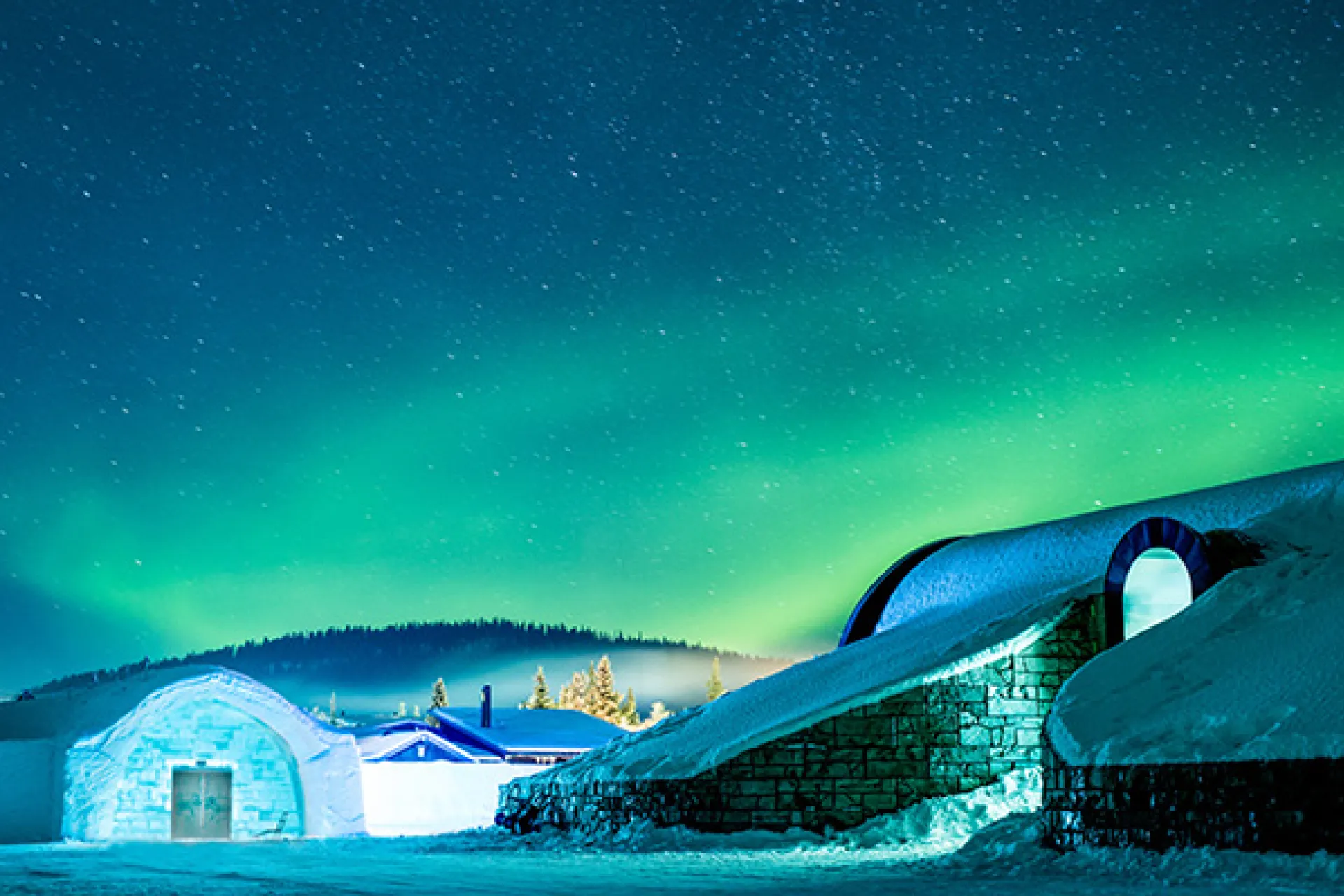Northern Lights
The Northern Lights, or Aurora Borealis, occur when charged particles from the sun collide with atmospheric gases, creating vibrant displays. They are primarily visible in polar regions, as the Earth's magnetic fields direct the particles to the poles. In the Southern Hemisphere, they are known as Aurora Australis.
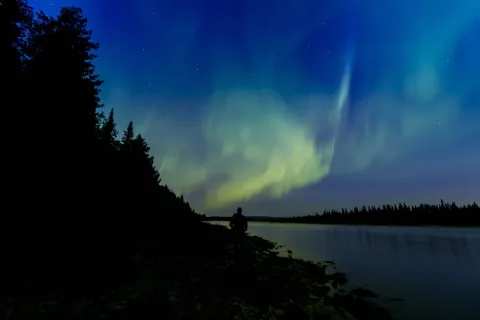
best aurora viewing spots
near icehotel
Recommended locations for viewing include Jukkasjärvi (where ICEHOTEL is located), Abisko, Puoltsa, and Kaalasjärvi. To increase your chances of seeing the lights, venture into the wilderness, away from light pollution, and consider joining a knowledgeable guide.
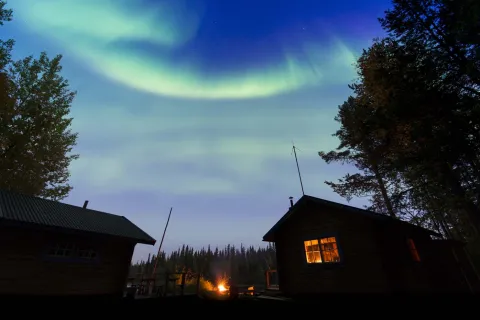
Aurora forecast
There are a wide range of resources for checking aurora forecasts with varying accuracy. We recommens using the following sources to check the aurora forecast for Kiruna:
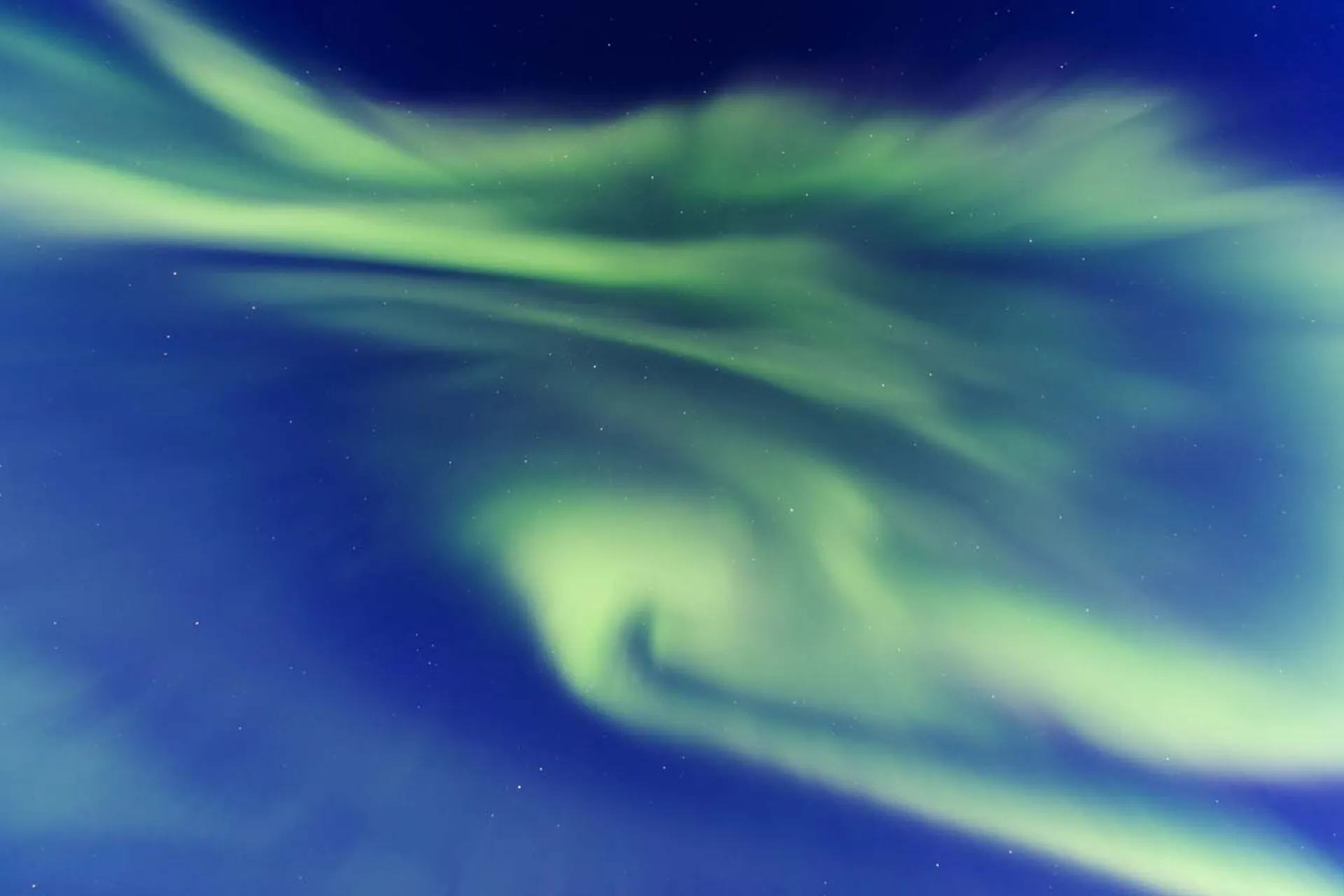
mythology
The Northern Lights are steeped in mythology, with different cultures interpreting them uniquely. In Finnish folklore, they are known as "revontulet" or "fox fire." The Sámi people view them as the souls of their deceased ancestors, while some North American indigenous cultures see them as vengeful spirits. A myth in Inuit cultures says the lights are the spirits of the dead, playing ball with a walrus head or skull.
Once you experience the Northern lights, you will understand how they could inspire such powerful legends.
when and where to see the northern lights
The best times to witness the Northern Lights are during clear, dark nights, with peak viewing often between 9 and 11 pm. The key is a dark and clear sky.
The aurora season starts as early as in August, and ends in March. Contrary to popular belief, fall (September to November) is an excellent season for viewing the Northern lights, thanks to longer evenings and milder conditions.
The Aurora Belt, or the Aurora Oval wraps around the magnetic North Pole, and the chances of seeing the Northern lights are at their best when you are within the oval. Jukkasjärvi and ICEHOTEL are located within the Aurora Oval and therefor makes the perfect location for catching a glimpse of the magical Northern lights. With Jukkasjärvi being remote, with limited light pollution, makes your chances of seeing the auroras even more ideal.
In fact, Kiruna’s weather conditions and infrastructure have made it an international hub for space research, with government agencies and scientists from around the world traveling to Kiruna to test their instruments, launch satellites, and collect data using radars.
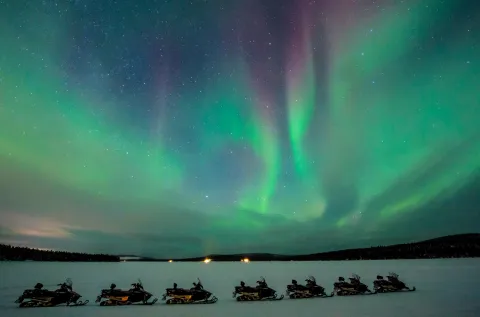
CAN YOU HEAR THE NORTHERN LIGHTS?
Many people report hearing the Aurora, describing sounds like crackling, muffled bangs, delicate hisses, or popping. Some compare it to rustling leaves or the sound of crinkling cellophane. While Inuit folklore attributes these sounds to spirits, scientists explain that we can't hear the lights directly due to the thin air between them and observers. One theory suggests that sounds are generated nearby by particles colliding, creating static charges. Another idea is that electrical impulses in the brain may cause auditory sensations when other sounds are minimal. Some research points to very low-frequency radio waves being detected in auroras, which can be converted to sound by everyday materials acting as antennae.

Photographing the Northern Lights
Capturing the Northern Lights can be challenging due to cold temperatures and fleeting moments. Local photographer Paulina Holmgren offers tips for success:
- Be patient and dress warmly – To make sure your hand doesn’t get cold, good gloves are essential.
- Use a camera with high ISO settings and minimal noise.
- Opt for a maximum aperture and shoot in RAW format.
- Experiment with long shutter speeds (4 to 12 seconds).
- Try wide-angle lenses for more sky coverage and sharpness.
- Use a tripod for stability.
- Incorporate elements in the foreground for interesting compositions.
- Bring a spare battery and memory card.
- Stay warm with layers and hot beverages. With the right preparation and equipment, anyone can photograph the aurora beautifully.
If you want to try photographing the Northern lights while at ICEHOTEL, check out our Northern lights photography tour.
